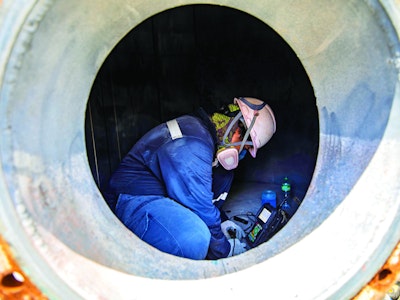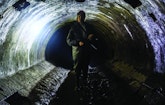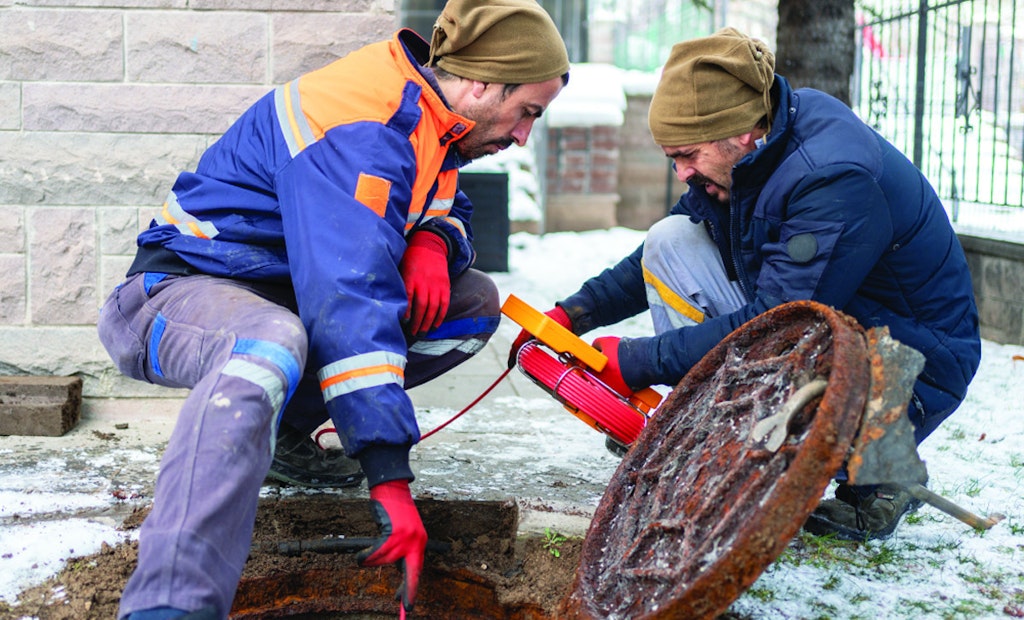Working in pits to clean or reline pipes and other confined spaces during the colder months can bring new sets of challenges for many workers.
They must stay warm while mitigating the hazards of only one point of entry. Getting trapped inside a tunnel or crawl space becomes even...








